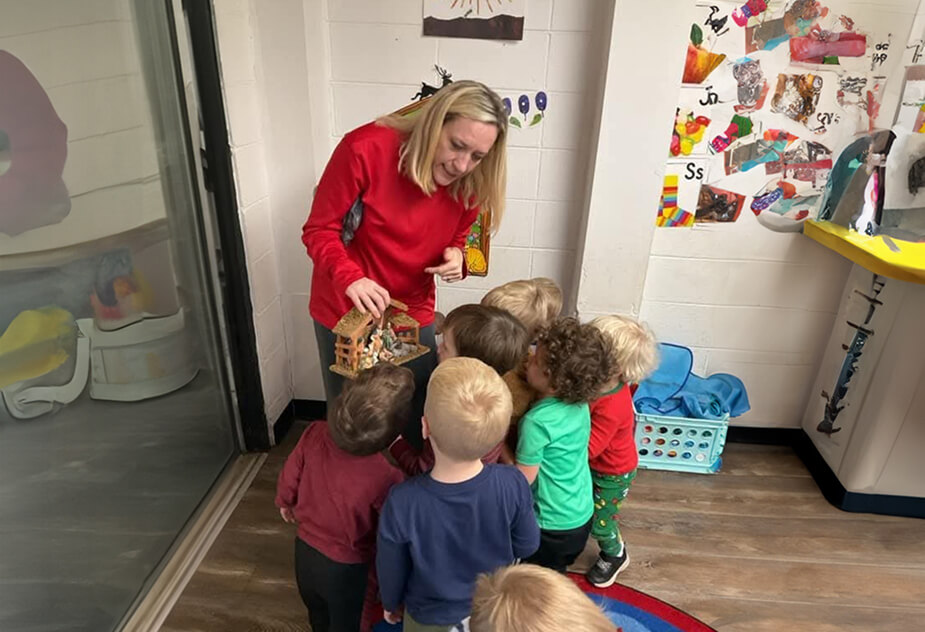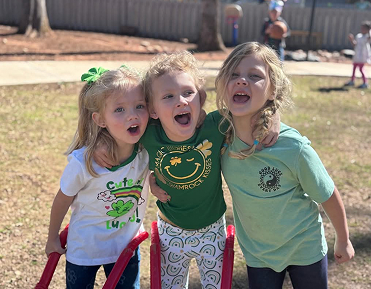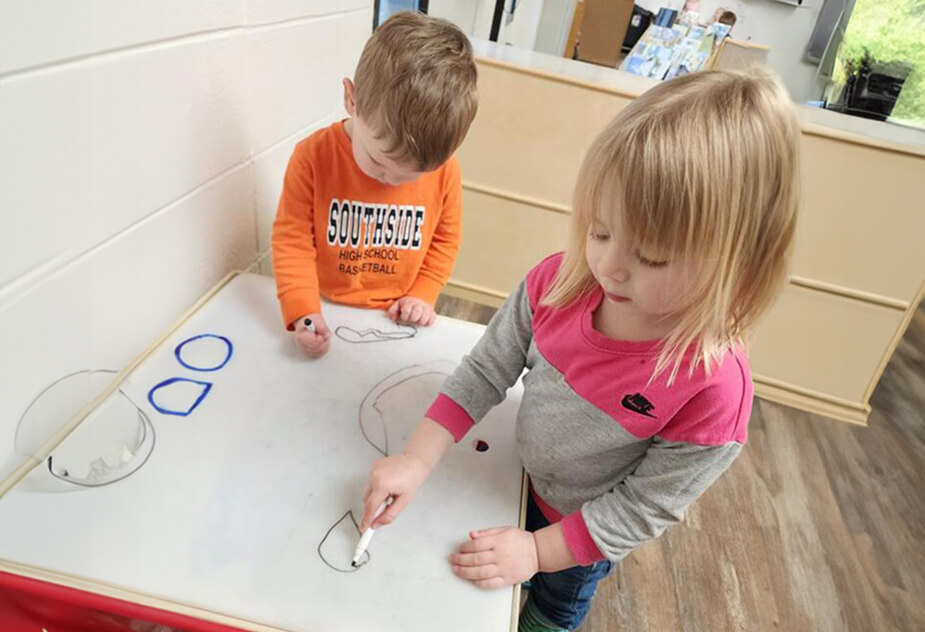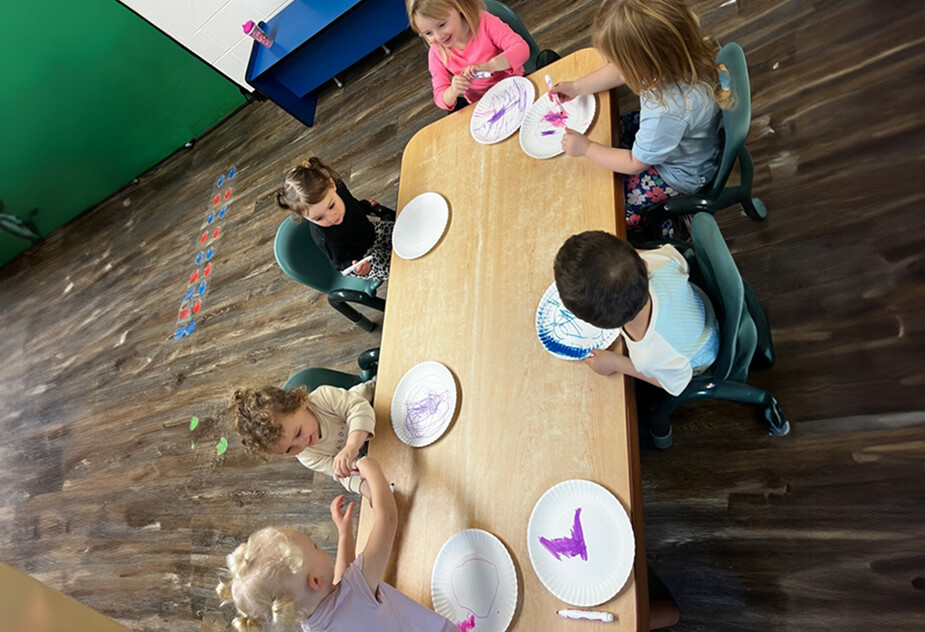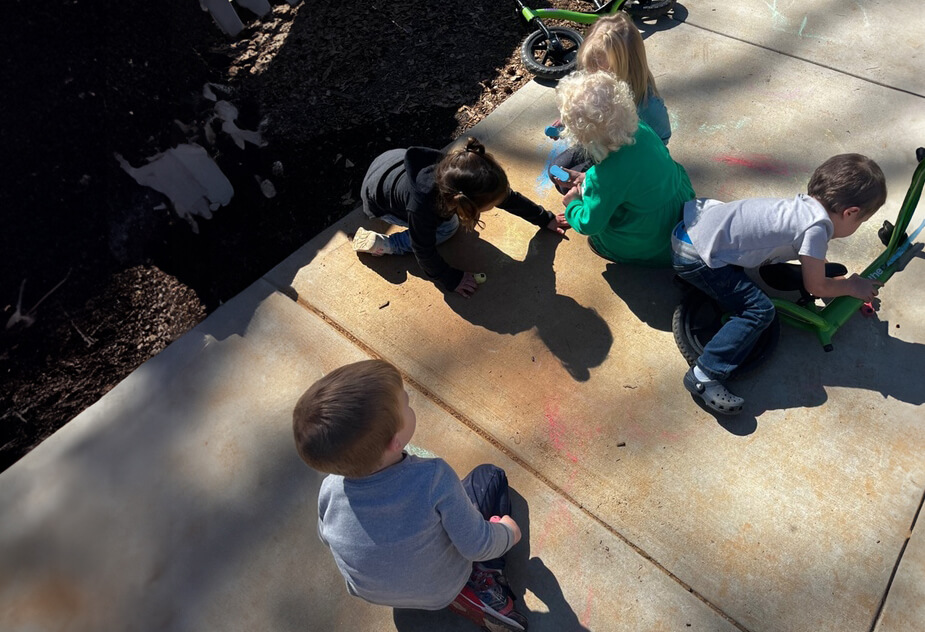In the journey of early childhood education, the collaboration between parents and teachers plays a pivotal role in shaping the experiences and outcomes for young learners. This partnership, rooted in open communication and mutual support, extends beyond routine school interactions, deeply influencing a child’s academic achievements and social-emotional development. By examining the dynamics of effective parent-teacher relationships, we can uncover strategies that enhance educational processes and foster an environment where children thrive.
Foundations of Parent-Teacher Partnerships
Definition and Importance
A parent-teacher partnership involves continuous collaboration between parents and educators to support the child’s learning and well-being. This relationship is vital because it combines the insights of parents, who know their children best, with the professional expertise of teachers, creating a comprehensive support system tailored to each student’s needs.
Key Components
Successful partnerships are characterized by consistent communication, trust, and shared objectives. Essential elements include:
- Regular Interaction: Keeping both parties informed about the child’s progress and any concerns.
- Mutual Respect: Valuing each other’s input and recognizing different perspectives.
- Collaborative Goal-Setting: Working together to set realistic academic and behavioral goals for the child.
Impact on Child Development
Academic Benefits
Studies have shown that when parents are actively involved in their child’s education, it can lead to better school performance, higher grades, and improved test scores. This involvement reassures the child of their support system, boosting their confidence and motivation to excel.
Social and Emotional Benefits
The cooperative approach also benefits the child’s social skills and emotional well-being. Children in schools with strong parent-teacher partnerships often exhibit better social interactions, less anxiety, and a more positive attitude towards school, as they feel the consistent support and expectations from both home and school environments.
Enhancing Communication Strategies
Regular Updates and Feedback
Effective communication strategies include scheduled updates through newsletters, emails, or parent portals that provide insights into classroom activities and the child’s progress. This helps parents stay engaged with their child’s educational experience.
Use of Technology
Leveraging technology can streamline communication and make it more accessible. Educational apps and platforms offer tools for teachers to share information directly with parents and for parents to respond or ask questions conveniently.
Parent-Teacher Meetings
These meetings are crucial for discussing the child’s progress, challenges, and future goals in a detailed and personalized manner. Best practices for these meetings include preparing an agenda, focusing on the child’s best interests, and discussing both strengths and areas for improvement.
By reinforcing these communication pathways, both parents and teachers can create a more inclusive and supportive educational environment, ensuring that all aspects of the child’s development are addressed collaboratively.
Overcoming Challenges
Addressing Differences in Expectations
Differences in expectations between parents and teachers can sometimes lead to misunderstandings. To align expectations, both parties should openly discuss their goals for the child’s development and educational outcomes at the beginning of the school year. Regular check-ins can help adjust these goals as needed and ensure both sides are working towards a common objective.
Cultural Sensitivity
Schools today are increasingly diverse, making cultural sensitivity a key component of effective parent-teacher partnerships. Educators need to be aware of cultural backgrounds and respect different family traditions and values. This might involve accommodating language differences, recognizing various cultural norms regarding education, and being inclusive in communication and school activities.
Handling Disagreements
Conflicts are natural, but they can be resolved constructively with the right approach. When disagreements arise, it’s important to address them promptly and with respect. Parents and teachers should strive to communicate openly, listen to each other’s perspectives, and seek solutions that prioritize the child’s best interests.
Building a Community of Support
Community Events
Schools can foster a sense of community and enhance parent-teacher relationships through events like open houses, cultural festivals, and sports days. These events allow parents to actively engage with the school environment and connect with teachers and other families in informal settings.
Volunteering Opportunities
Encouraging parents to volunteer in school activities or classroom sessions can provide deeper insights into the educational environment and foster a collaborative spirit. Whether it’s assisting in the library, supervising field trips, or helping in art classes, volunteering allows parents to contribute directly to their children’s education.
Resource Sharing
Creating a culture of sharing educational resources, such as access to books, educational games, and online learning tools, can benefit all students. Schools can organize workshops or seminars to help parents understand the curriculum and teaching methods, empowering them to support their children’s learning at home.
Conclusion
The partnership between parents and teachers is fundamental to enriching the educational journey of children. By embracing open communication, respecting diverse perspectives, and actively engaging in school activities, both parents and teachers can create a nurturing environment that supports every aspect of a child’s growth. As we continue to foster these relationships, we pave the way for more responsive, inclusive, and effective education.

